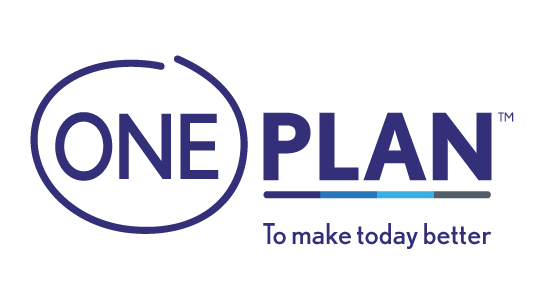Which donors tend to bring the most success?
Bone marrow donation is typically the most successful in candidates between 18 and 44. The age recommendation protects the safety of the donors and ensures the best possible result for the patient receiving the bone marrow treatment.
Discover: FAQ: Is health insurance the same thing as a hospital plan?
Does ethnicity matter?
The short answer is yes. People who share a similar racial and ethnic background are more likely to match as donors. Perfect matches for Black, American Indian, Asian, Pacific, Hispanic and mixed race are often in short supply, so people of this ethicality are encouraged to donate.
How does the bone marrow donation procedure work?
There are two ways to perform a bone marrow transplant. The first is PBSC donation, which is the most common method. The donor is injected with a drug called Filgrastim, which increases the average number of cells in the bloodstream.
Some of this excess blood is retrieved through a needle placed in the donor’s arm, then passed through a machine that captures the blood-forming cells. These cells are then used to treat the recipient. This method is non-surgical.
Speaking of surgery: Introducing Oneplan GAP Cover: Say Goodbye to Medical Aid Shortfalls!
The surgical method involves the donor receiving an anaesthetic, after which a needle is used to withdraw liquid marrow from the back of the donor’s pelvic bone. Because the patient is anaesthetised, this is a painless procedure. All donors are thoroughly screened and accessed before and after any procedure has taken place.
Is the procedure safe?
The risk, as far as medical procedures go, is minimal, with long term side effects very seldom seen after either procedure. The human body will naturally replenish any lost cells within a few weeks.
A bone marrow transplant can be a lifesaving procedure. However, regardless of the low risks involved when donating, it can be a very stressful one. Not only because of the emotional concerns, but also because of the financial implications.
One of the major benefits of being on a health insurance plan is easing financial stress when it comes to treatment for dreaded diseases. Oneplan Health Insurance offers dread disease cover, meaning that the focus can remain on recovery.
Read next: Dread Disease Cover & Health Insurance: What You Need to Know
Your Health Insurance Family,
Oneplan




